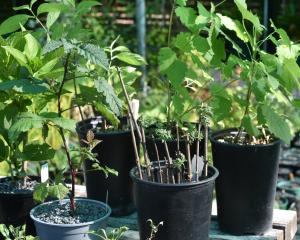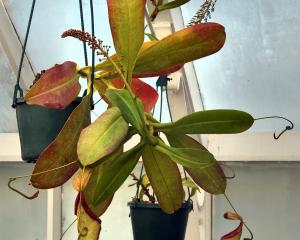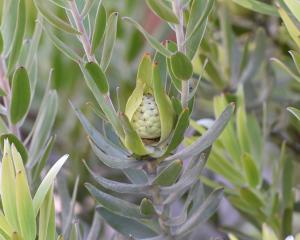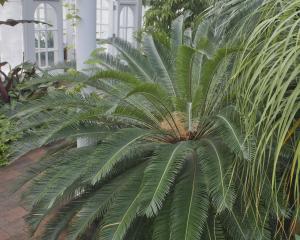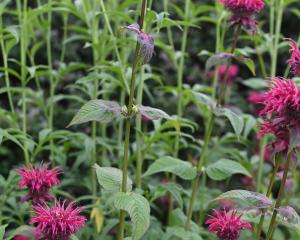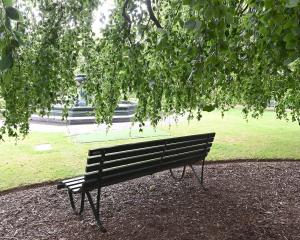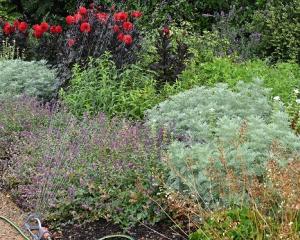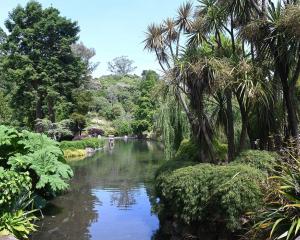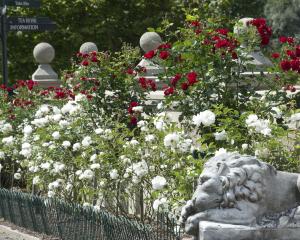
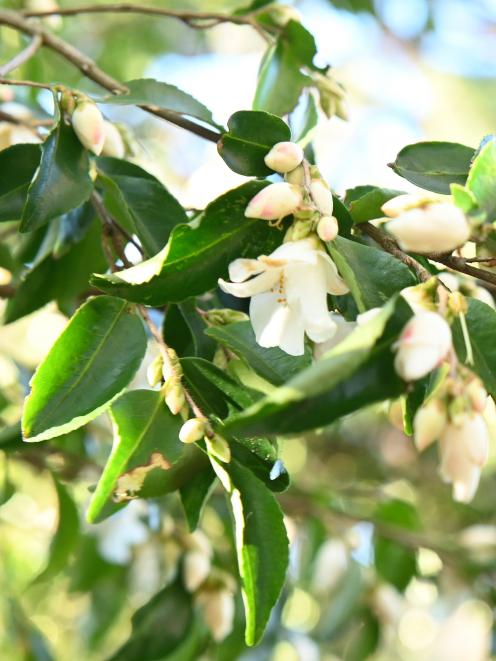
With the increasing number of smaller sections with limited garden space, there are plenty of options in the camellia world to choose smaller-flowered plants which grow and fit well in smaller spaces.
Camellia transnokoensis is an ideal option for a small garden. It grows naturally into a vase-shaped tree and is smothered in lightly fragrant flowers for 10 weeks over late winter into spring. It is characterised by fine lacy foliage with small white flowers a mere 3-4cm across. These are produced in abundance along the branches and in clusters at the tips. While in bud, a tinge of red touches the outermost petals, then each single flower opens with six petals to develop into pure white with yellow pollen-covered stamens. It takes many years for this shrub to develop into a small tree.
At the other end of the size spectrum is the massive Camellia Terrell Weaver, ideal for the bigger garden. This grand camellia cultivar receives many of its characteristics from one of its parent species, Camellia reticulata. With flowers measuring up to 15cm across, this camellia’s presence is intensified with flowers being produced in abundance, opening with brilliant glowing red petals and bright yellow pollen. It really is a statement plant.
Camellias in all their glory and sizes are flowering in the lower botanic garden camellia collection.
Garden Life is produced by the Dunedin Botanic Garden.
For further information contact Marianne Groothuis.




